When discussing deadly reptiles, most people immediately think of the notorious king cobra, black mamba, or saltwater crocodile. These apex predators have earned their fearsome reputations through countless documentaries, news stories, and unfortunate human encounters. However, the reptilian world harbors many lesser-known yet equally dangerous species that operate in the shadows of their famous counterparts.
These overlooked predators possess potent venoms, surprising hunting techniques, and defensive mechanisms that make them worthy of the same caution and respect. In this exploration of the reptile kingdom’s hidden dangers, we’ll discover ten species that deserve a greater place in our collective awareness of potentially deadly animals.
1. Inland Taipan (Oxyuranus microlepidotus)
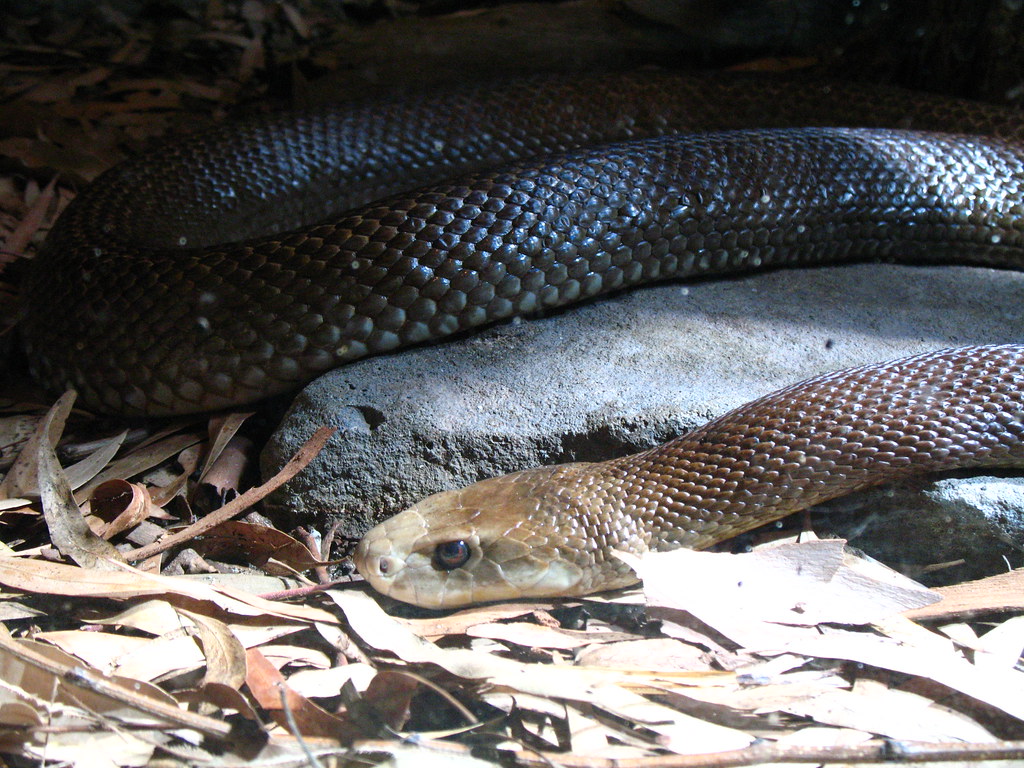
While Australia’s venomous snakes get plenty of attention, the inland taipan remains relatively unknown to the general public despite possessing the most toxic venom of any land snake in the world. A single bite from this reclusive reptile contains enough venom to kill approximately 100 adult humans, with a potent neurotoxic cocktail that can cause death within 45 minutes if left untreated.
Unlike its more aggressive coastal cousin, the inland taipan prefers to avoid human contact, living in remote semi-arid regions of central east Australia where human encounters are rare. Its brown coloration, which changes seasonally to help with thermoregulation, provides excellent camouflage against the Australian outback, allowing it to remain hidden from both predators and unsuspecting humans who might wander into its territory.
2. Blue-Lipped Sea Krait (Laticauda laticauda)
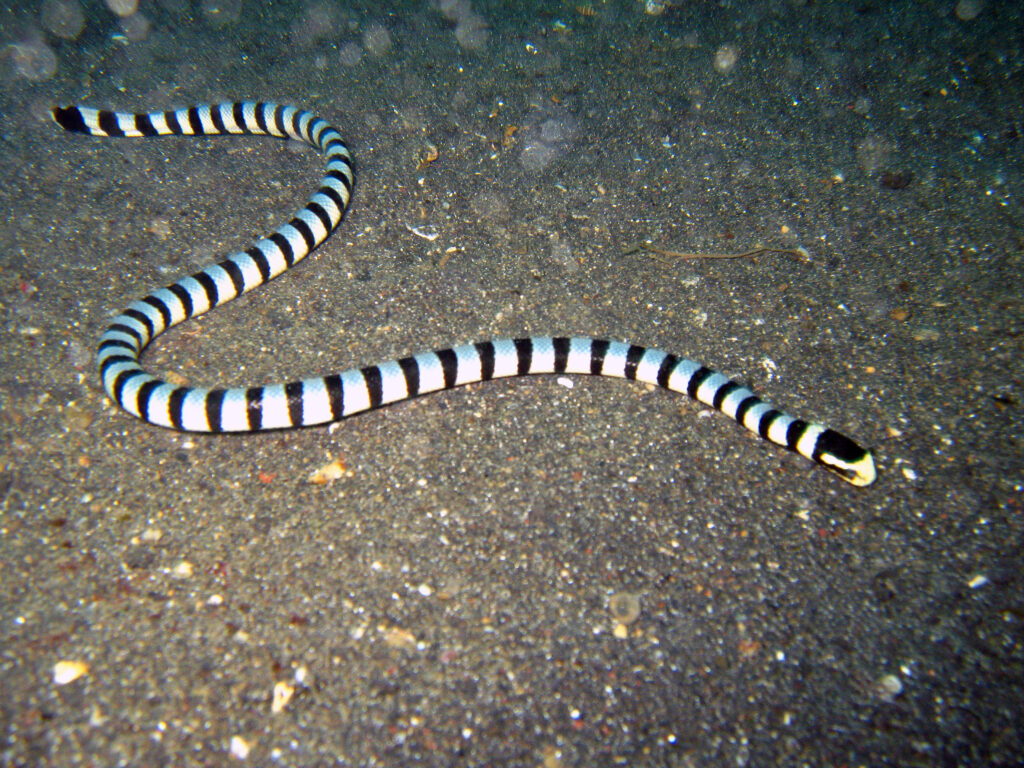
Swimming through coral reefs with distinctive blue and black banded patterns, the blue-lipped sea krait appears deceptively beautiful but harbors venom estimated to be 10 times more potent than a rattlesnake’s. These amphibious sea snakes must return to land to digest their food, mate, and lay eggs, creating more opportunities for human encounters than fully aquatic sea snakes. Despite their deadly potential, blue-lipped sea kraits display remarkably docile behavior and rarely bite humans unless severely provoked or handled.
Their venom contains powerful neurotoxins that can cause paralysis, including respiratory failure, yet they’re often overlooked in discussions about dangerous marine creatures. Divers and coastal visitors in the Indo-Pacific region should maintain a respectful distance from these elegant but potentially lethal reptiles.
3. Mexican Beaded Lizard (Heloderma horridum)
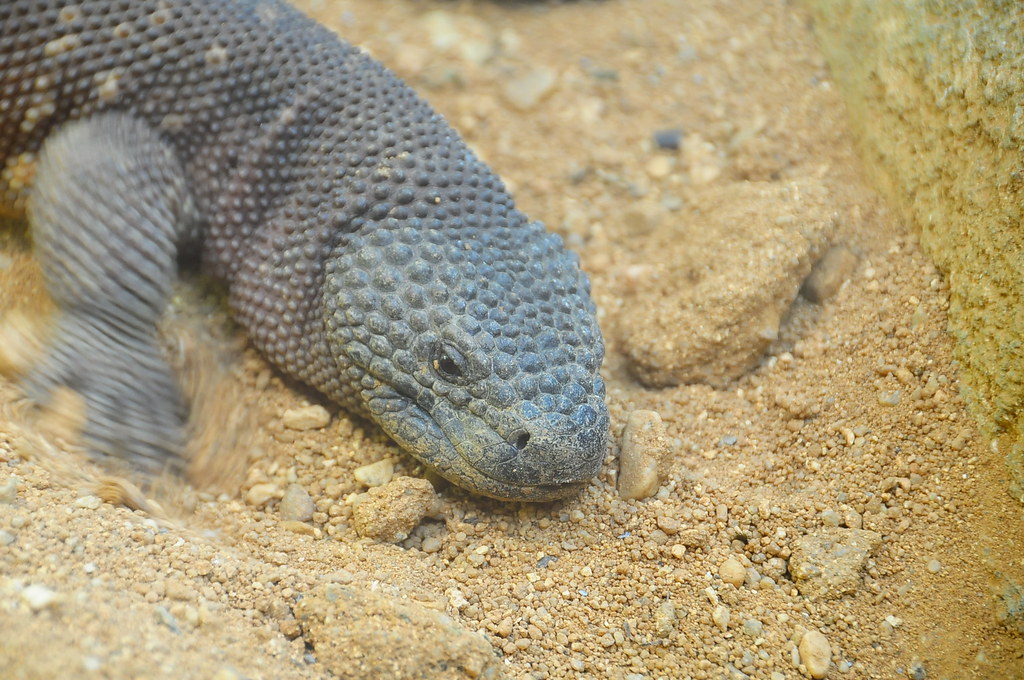
As one of only two venomous lizard species in the world (alongside its famous relative, the Gila monster), the Mexican beaded lizard delivers a powerful toxin through grooved teeth and persistently chewing on its victim rather than through fangs like venomous snakes. Their venom contains a complex mixture of proteins that can cause intense pain, swelling, weakness, and dropping blood pressure in humans, though fatalities are extremely rare.
These heavy-bodied lizards, adorned with bead-like scales in black and yellow patterns, move with surprising speed when threatened despite their normally slow metabolism and lumbering gait. Native to Mexico and Guatemala, these endangered reptiles face significant habitat loss, meaning human encounters are increasingly rare, which has contributed to their lesser-known status among dangerous reptiles.
4. African Bush Viper (Atheris squamigera)
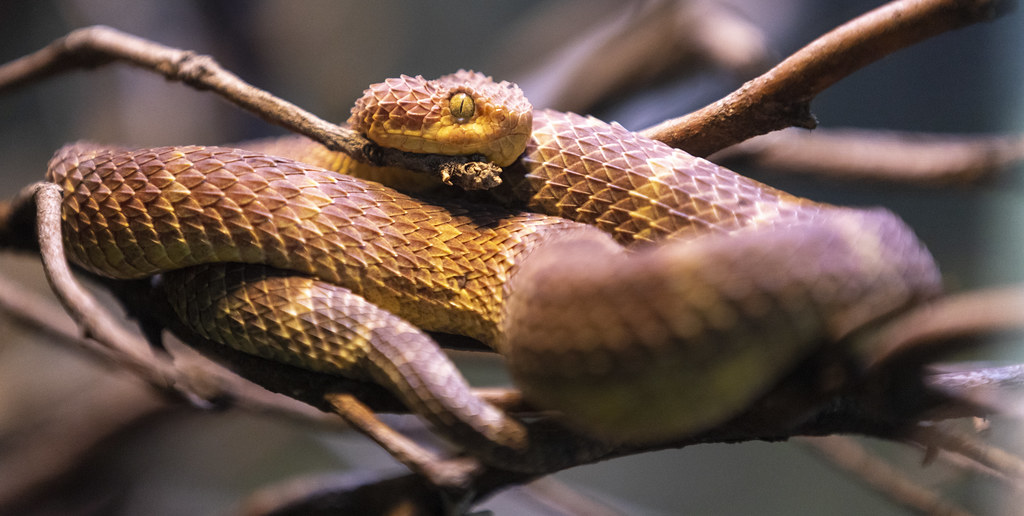
With its remarkably keeled scales creating a bristled appearance and vibrant coloration ranging from olive green to bright yellow and rusty red, the African bush viper might be mistaken for a fantasy creature rather than a deadly predator. These arboreal snakes inhabit the humid forests of central and western Africa, where they hunt primarily at night, ambushing prey from overhanging branches. Their hemotoxic venom causes severe tissue damage, internal bleeding, and potentially fatal complications, made more dangerous by the fact that there is currently no specific antivenom available for bush viper bites.
Unlike many venomous snakes that give warning signals before striking, bush vipers are known for their quick, silent attacks and reluctance to flee when threatened, preferring to hold their ground and strike if approached too closely.
5. Desert Massasauga Rattlesnake (Sistrurus catenatus edwardsii)
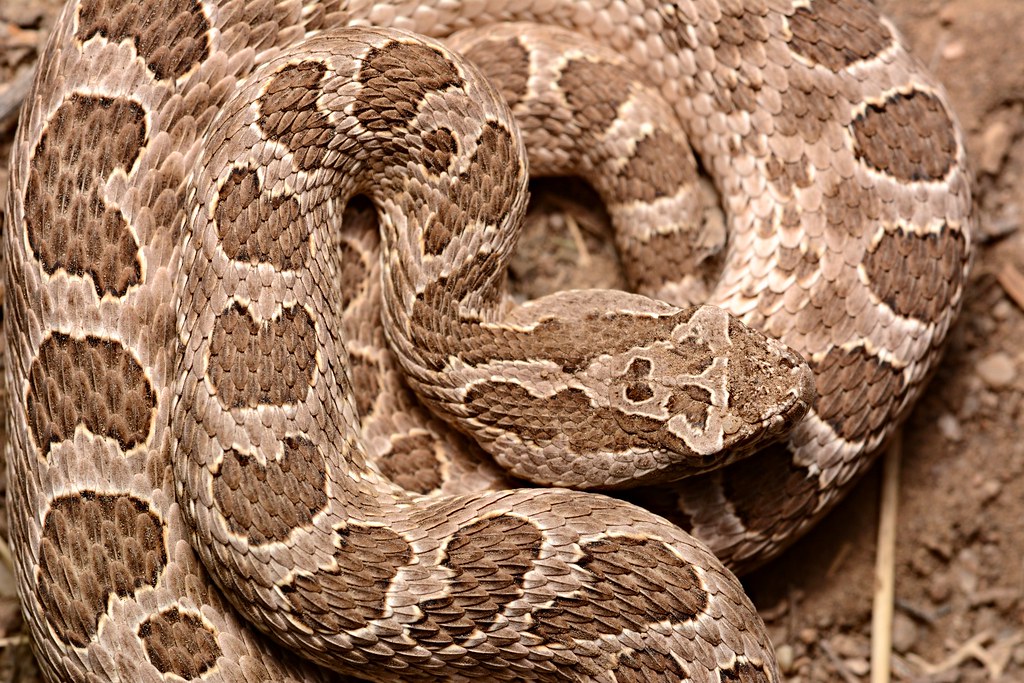
While most rattlesnakes enjoy widespread recognition, the desert massasauga remains relatively obscure despite possessing a potent cytotoxic venom that can cause tissue necrosis and significant systemic effects. Smaller than many other rattlesnake species, growing to only about 2 feet in length, these diminutive pit vipers compensate for their size with a particularly toxic bite relative to their mass. Their cryptic coloration and pattern of brown blotches on a lighter background make them nearly invisible against the desert soil and vegetation of their southwestern United States and northern Mexico habitat.
Unlike larger rattlesnakes whose warning rattle can be heard from a distance, the massasauga’s small rattle produces a buzz that’s easily missed, especially when hiking with background noise, creating dangerous surprise encounters for unwary travelers in their territory.
6. Yellow-Bellied Sea Snake (Hydrophis platurus)
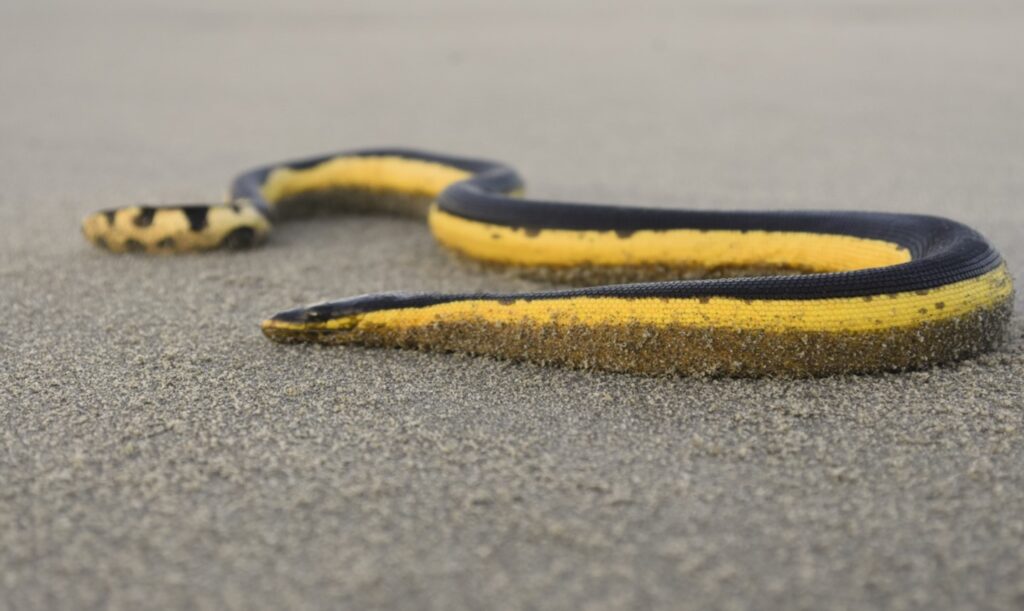
As the most widely distributed snake species in the world, the yellow-bellied sea snake inhabits tropical and subtropical waters across the Pacific and Indian Oceans, yet remains largely unknown to the general public. These fully aquatic reptiles never come to land, featuring a paddle-shaped tail and the ability to hold their breath for up to three hours while hunting fish. Their venom is highly potent, containing powerful neurotoxins and myotoxins that can cause muscle damage, paralysis, renal failure, and potentially death if medical treatment isn’t received promptly.
Despite their deadly potential, these snakes are generally non-aggressive toward humans, with most bites occurring when fishermen accidentally catch them in nets or when the snakes wash ashore after storms. Their distinctive coloration—black or dark brown on top with bright yellow undersides—serves as nature’s warning coloration, though many beachgoers wouldn’t recognize the significance of these markings.
7. Cuban Boa (Chilabothrus angulifer)
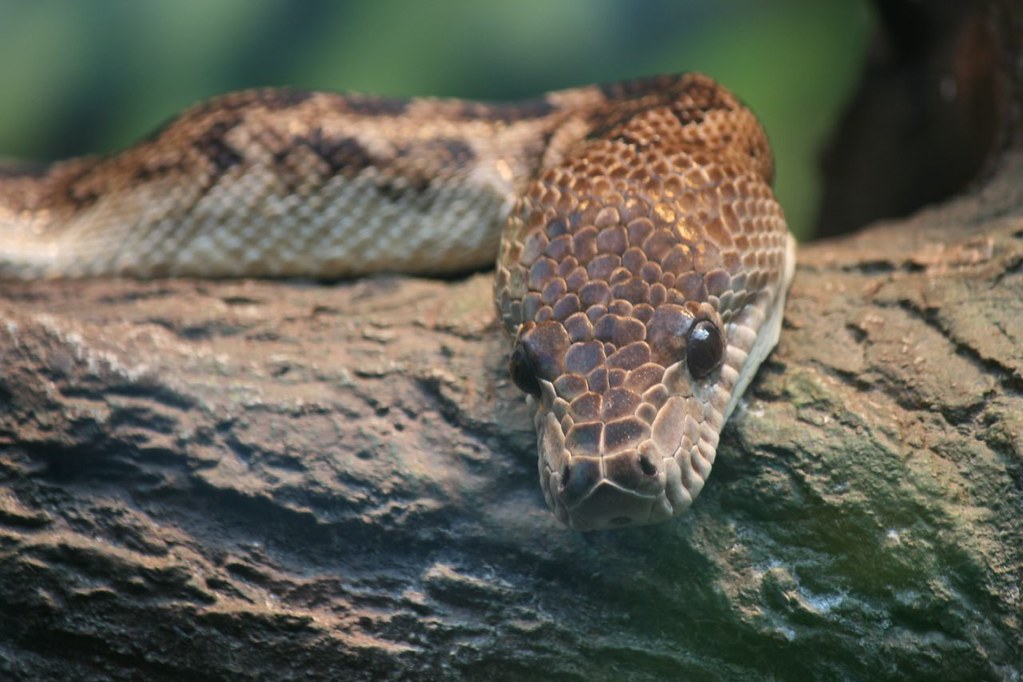
While most people associate deadly reptiles with venomous species, the Cuban boa demonstrates that constriction can be equally lethal, capable of killing adult humans through its immense strength and specialized hunting techniques. As Cuba’s largest native terrestrial predator, reaching lengths of over 16 feet, these massive constrictors employ a unique hunting strategy recently discovered by scientists—they coordinate their positioning to block cave exits when hunting bats, demonstrating a level of cooperative hunting previously unknown in snakes.
Their muscular bodies allow them to exert tremendous pressure when constricting prey, stopping blood flow and causing death within minutes before swallowing victims whole. Historically venerated in indigenous Cuban cultures but later persecuted due to fear and superstition, these powerful snakes have declined significantly in numbers, making encounters rare but potentially more dangerous as they increasingly come into contact with humans through habitat encroachment.
8. Boomslang (Dispholidus typus)
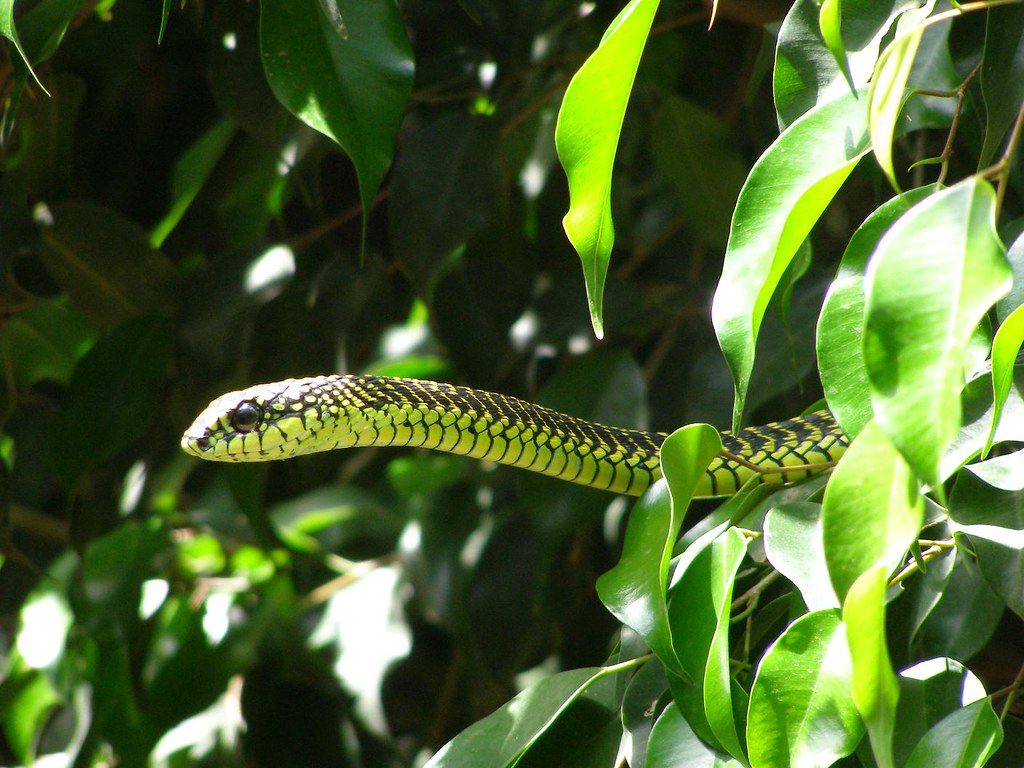
With its name meaning “tree snake” in Afrikaans, the boomslang is a remarkably beautiful but deadly rear-fanged snake native to sub-Saharan Africa. Despite having relatively short fangs positioned toward the back of their mouth rather than the front, boomslangs possess a hemotoxic venom so potent that even a small amount can be fatal, causing internal and external bleeding as it disrupts the body’s clotting mechanisms. Their most distinctive feature—enormous eyes that take up much of their egg-shaped heads—provides exceptional vision for hunting birds and chameleons among the trees.
Boomslangs exhibit dramatic sexual dimorphism, with males displaying vibrant green, black, or blue coloration while females are typically brown, making identification challenging for the untrained observer. Their shy nature and tendency to freeze when threatened rather than flee means they can be easily overlooked until it’s too late, especially since their slender build allows them to hide effectively among foliage.
9. Eastern Brown Snake (Pseudonaja textilis)
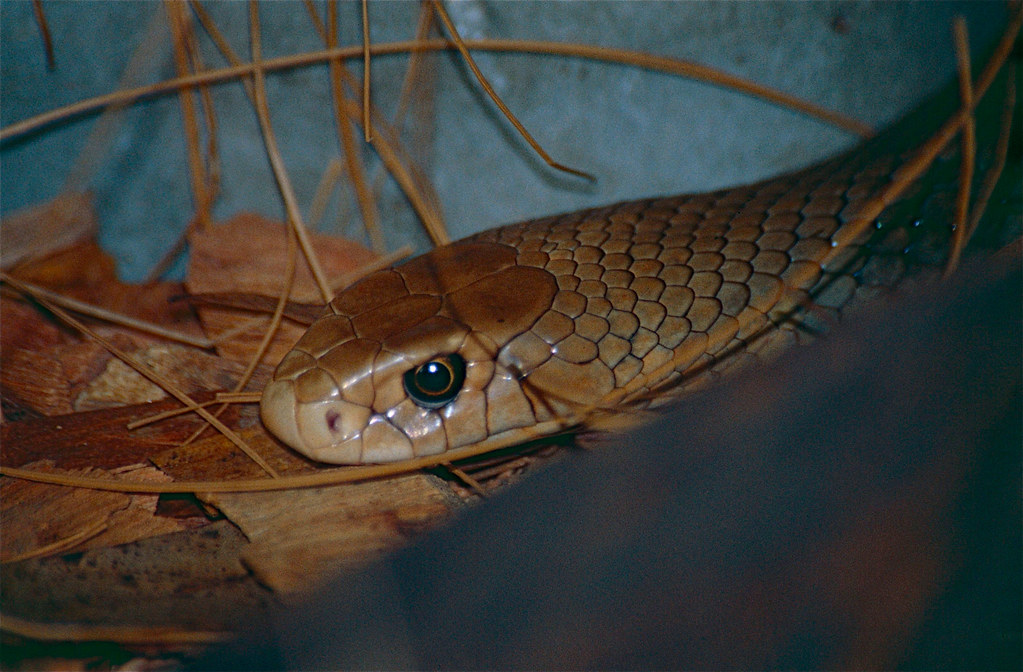
While Australia’s brown snakes have a fearsome reputation locally, the eastern brown snake remains relatively unknown internationally despite being the world’s second most venomous land snake. These fast-moving reptiles can reach speeds up to 12 mph across open ground, making escape difficult if they decide to pursue a threat. Responsible for more deaths in Australia than any other snake species, eastern browns possess venom containing powerful neurotoxins and coagulants that can cause progressive paralysis, uncontrollable bleeding, cardiovascular collapse, and death within hours if not treated with antivenom.
Their unremarkable brown coloration and relatively small size—typically around 5-7 feet—belies their dangerous nature, causing many people to underestimate the threat they pose during encounters. Particularly concerning is their adaptation to urban environments, where they thrive in suburban gardens and parks, creating a higher likelihood of dangerous human interactions than many other deadly reptiles that avoid populated areas.
10. Alligator Snapping Turtle (Macrochelys temminckii)
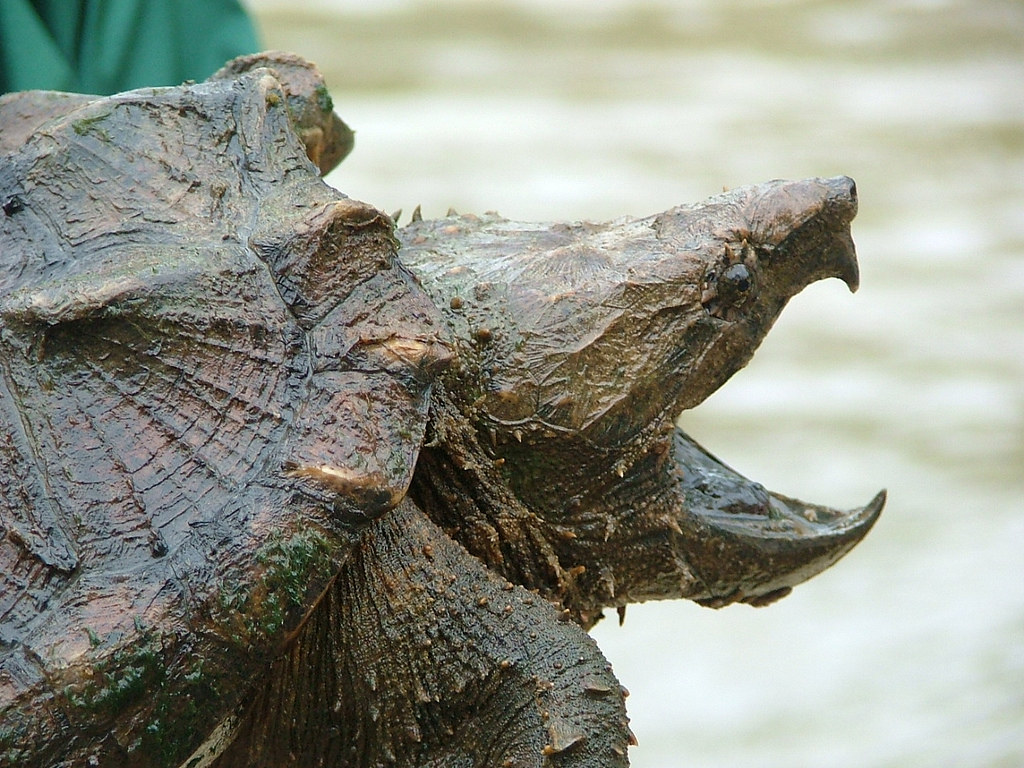
Lurking in the freshwater bodies of the southeastern United States, the prehistoric-looking alligator snapping turtle represents a different kind of reptilian danger than venomous species. These massive freshwater turtles can reach weights exceeding 200 pounds with powerful jaws capable of generating bite forces strong enough to sever fingers or remove chunks of flesh. Their most fascinating and dangerous adaptation is a worm-like appendage on their tongue that they wiggle to lure curious fish directly into their gaping mouths before snapping shut with lightning speed.
Unlike many dangerous reptiles that must inject venom multiple times throughout their lives, alligator snappers retain their lethal bite force well into old age, with some individuals living over 100 years. While human fatalities are extremely rare, these ambush predators can inflict devastating injuries, particularly to swimmers or fishermen who accidentally disturb them in murky waters where their moss-covered shells provide perfect camouflage against river bottoms.
How to Stay Safe Around Lesser-Known Deadly Reptiles
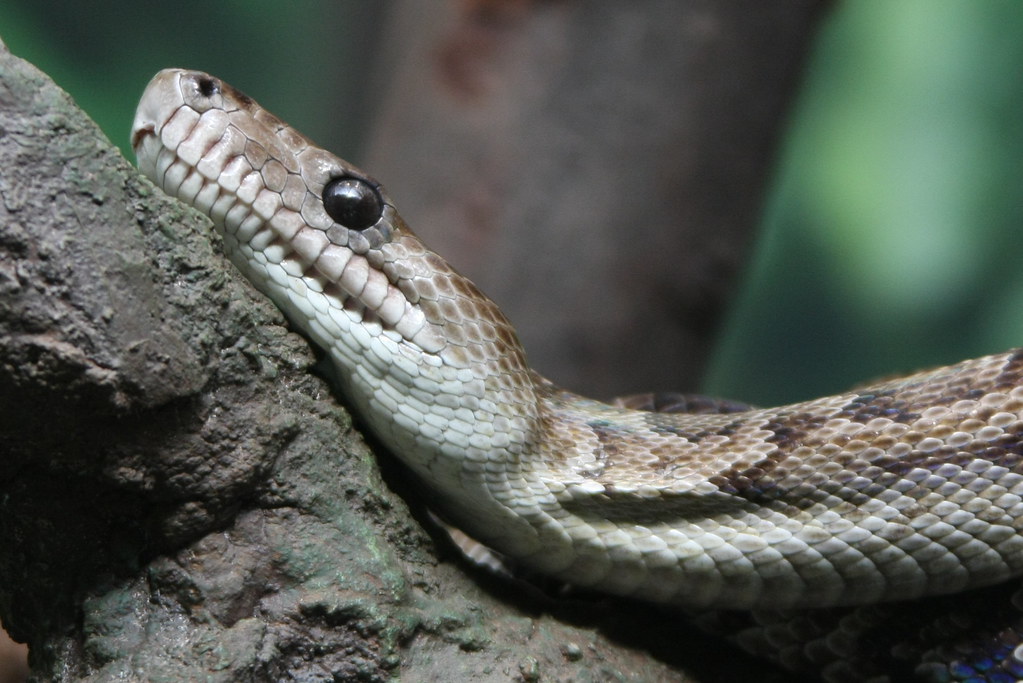
When traveling in regions inhabited by dangerous reptiles, knowledge and prevention remain your best defenses against potentially deadly encounters. Always research local wildlife before hiking, swimming, or camping in unfamiliar ecosystems, paying special attention to reptile species that might not receive mainstream attention but pose significant risks. Wear appropriate protective clothing such as closed-toe shoes and long pants when hiking in areas known to harbor venomous snakes, and carry a compression bandage and communication device in remote locations where medical help might be delayed.
Never attempt to handle, provoke, or photograph dangerous reptiles at close range, regardless of how docile they may appear, as many species can strike with remarkable speed when feeling threatened. Remember that most reptile attacks occur when the animals are surprised or cornered, so making noise while hiking, watching your step, and giving any reptiles you encounter plenty of space will significantly reduce your risk of dangerous interactions.
Conclusion
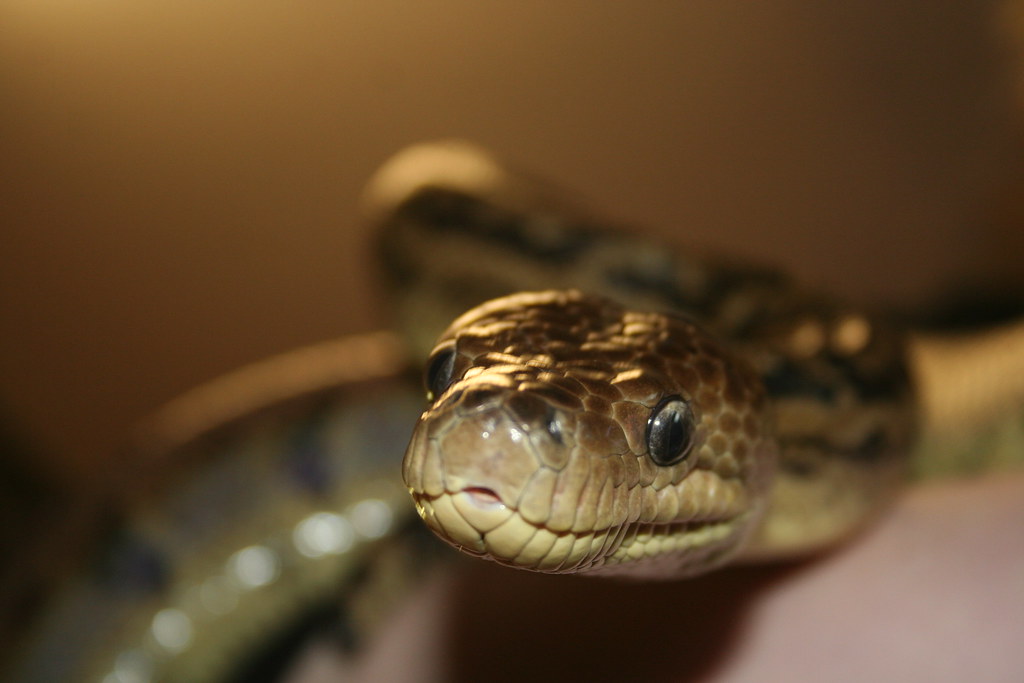
The reptile world’s deadliest members aren’t always the species that receive the most media attention or feature prominently in wildlife documentaries. From the lightning-fast eastern brown snake to the ancient alligator snapping turtle, these ten lesser-known lethal reptiles demonstrate the diverse evolutionary paths that have led to effective and sometimes deadly defense mechanisms. While healthy fear and respect for these animals is warranted, understanding their behaviors, habitats, and the actual risks they pose allows us to appreciate their ecological importance while taking appropriate precautions.
Most of these species avoid human contact when possible and attack only when threatened, reminding us that coexistence with even the deadliest reptiles is possible through education, awareness, and maintaining appropriate boundaries. As climate change and habitat loss increasingly bring humans and wildlife into closer contact, knowledge of these overlooked but dangerous reptiles becomes ever more critical for safe interactions with the natural world.

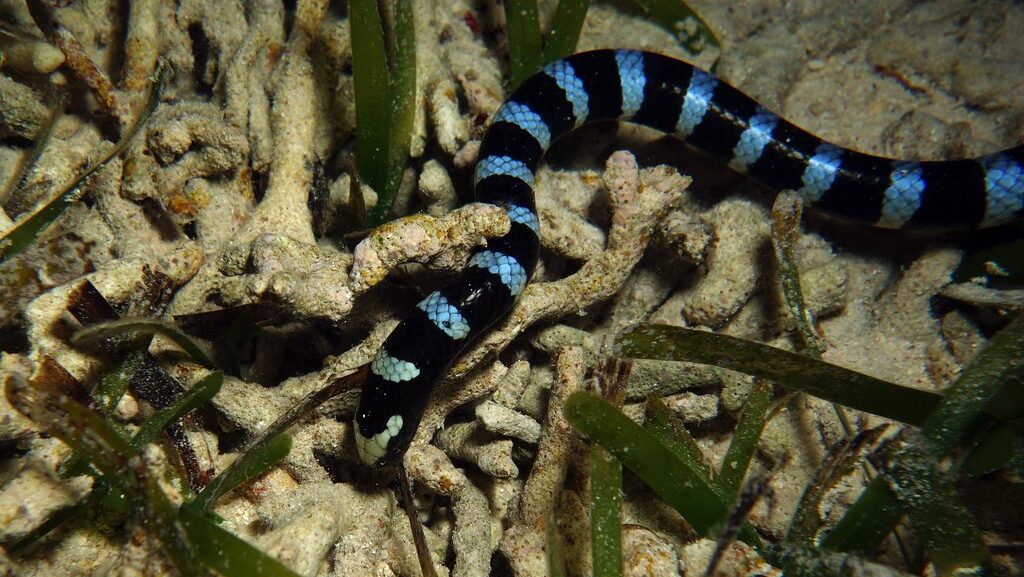

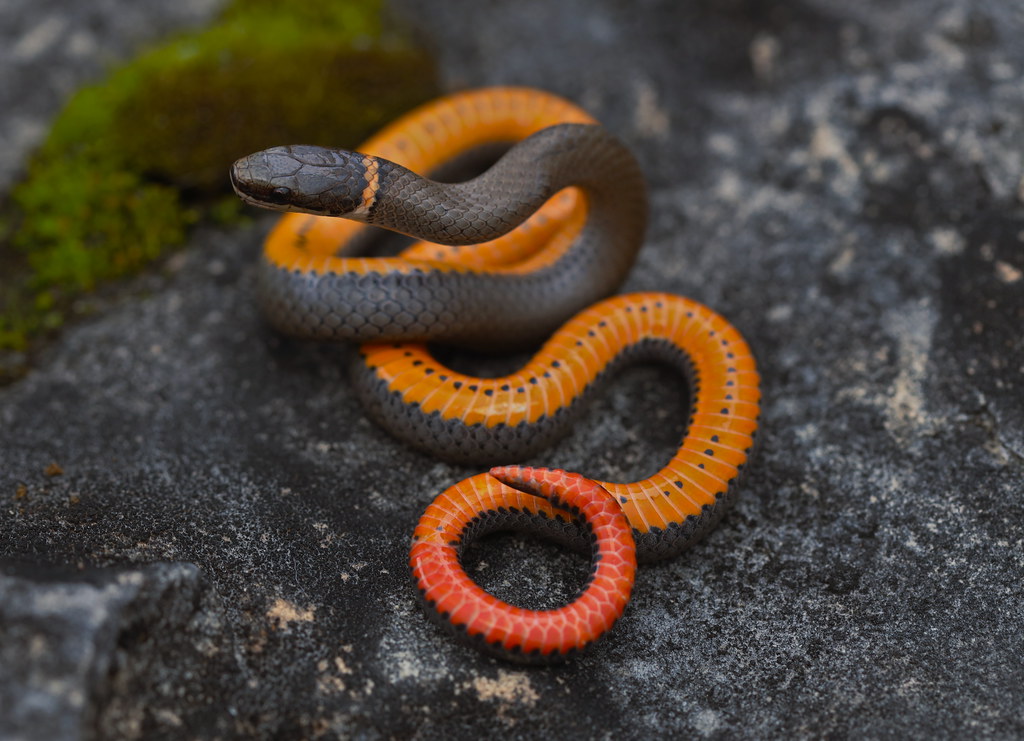
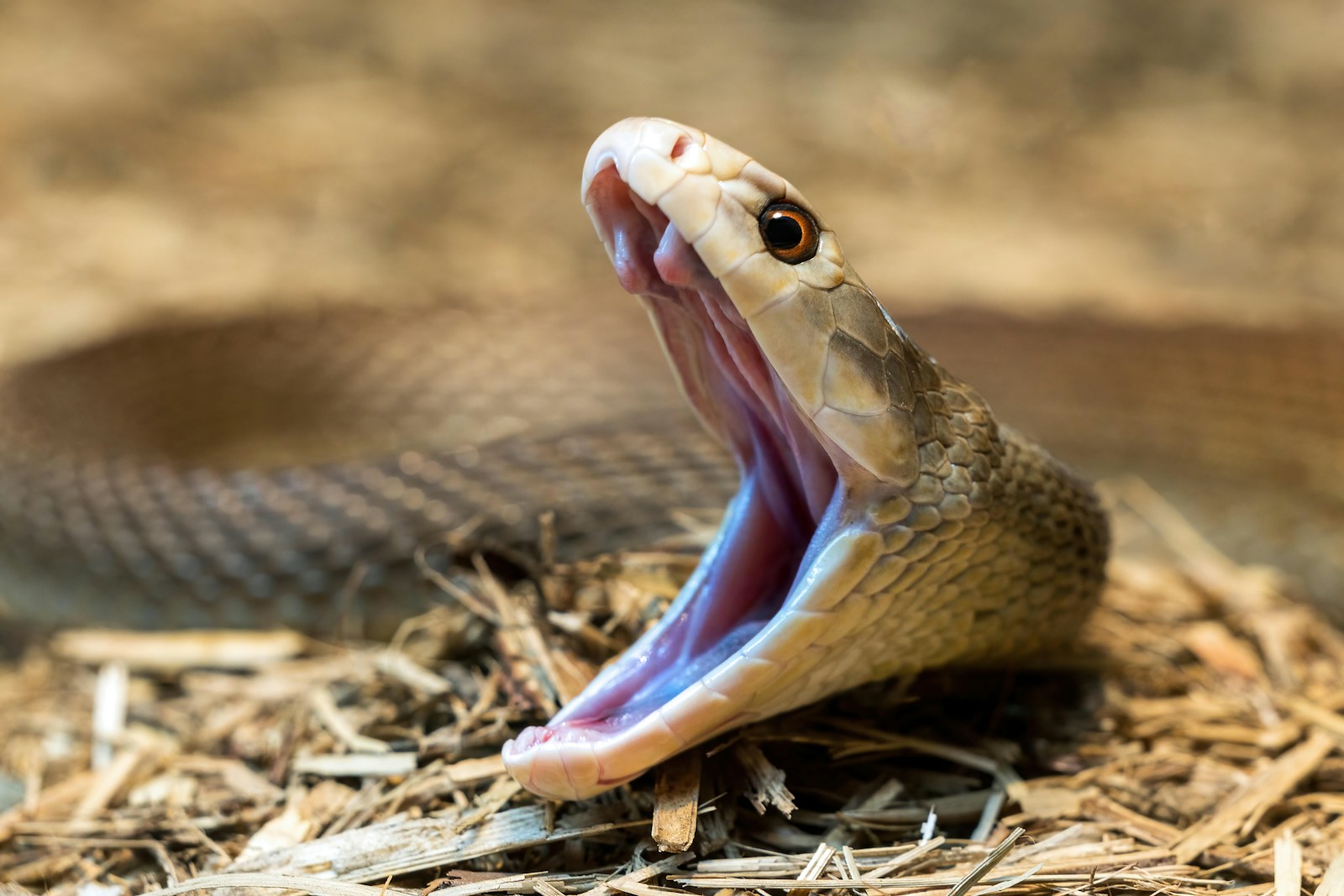
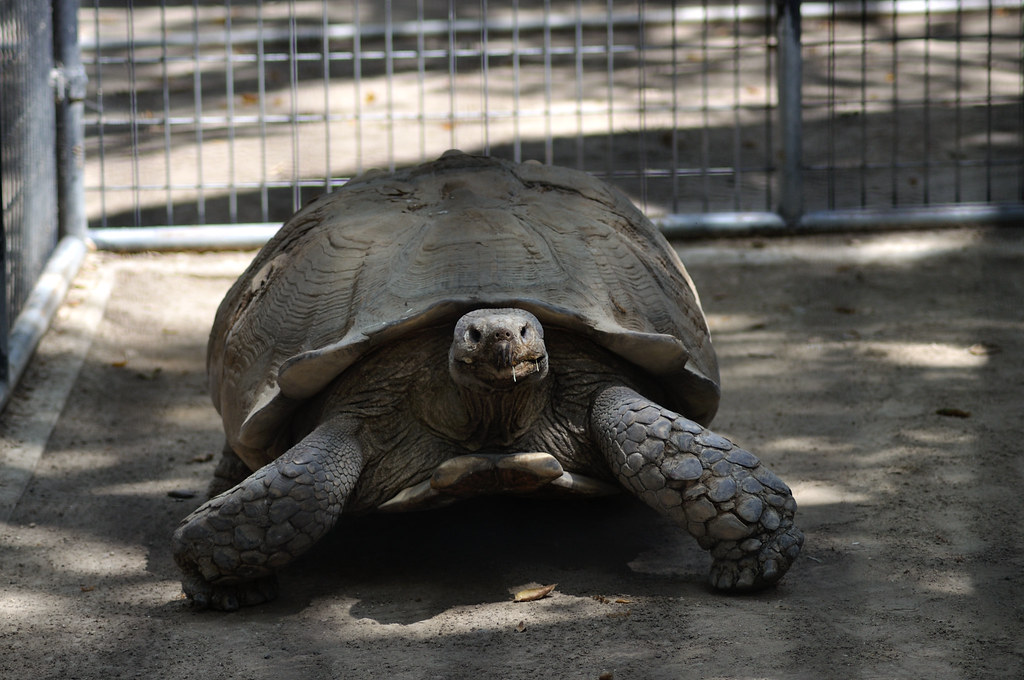
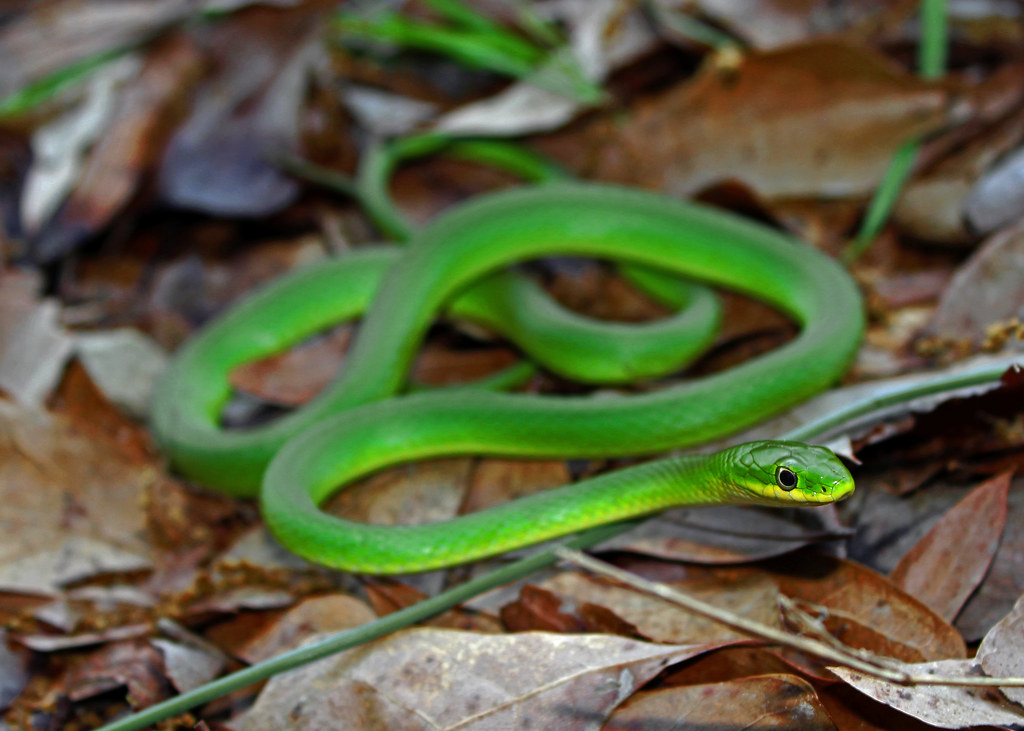
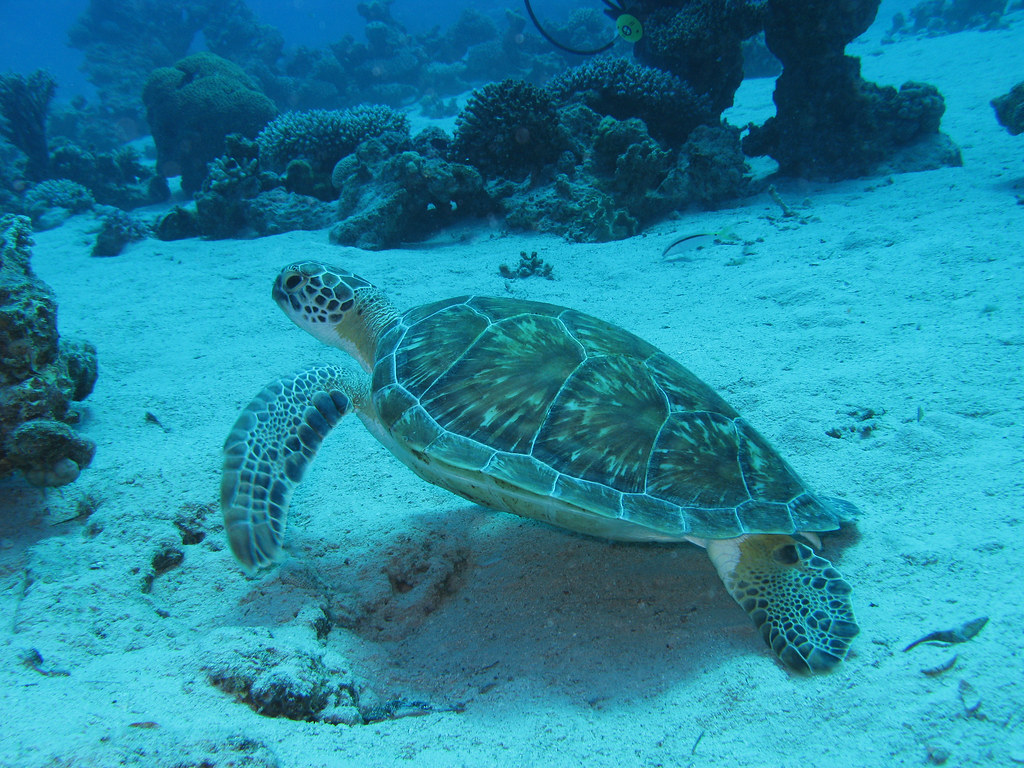
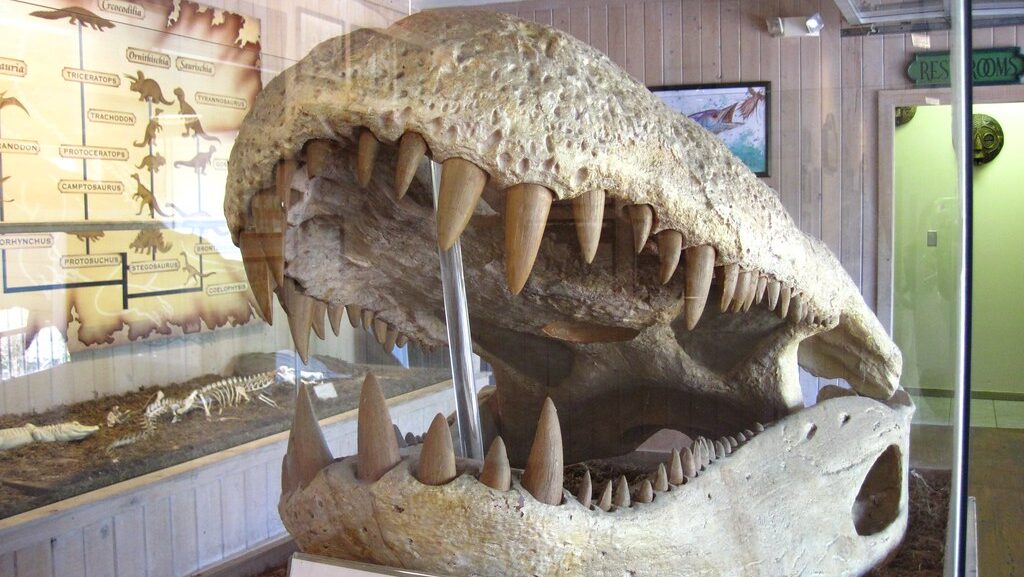
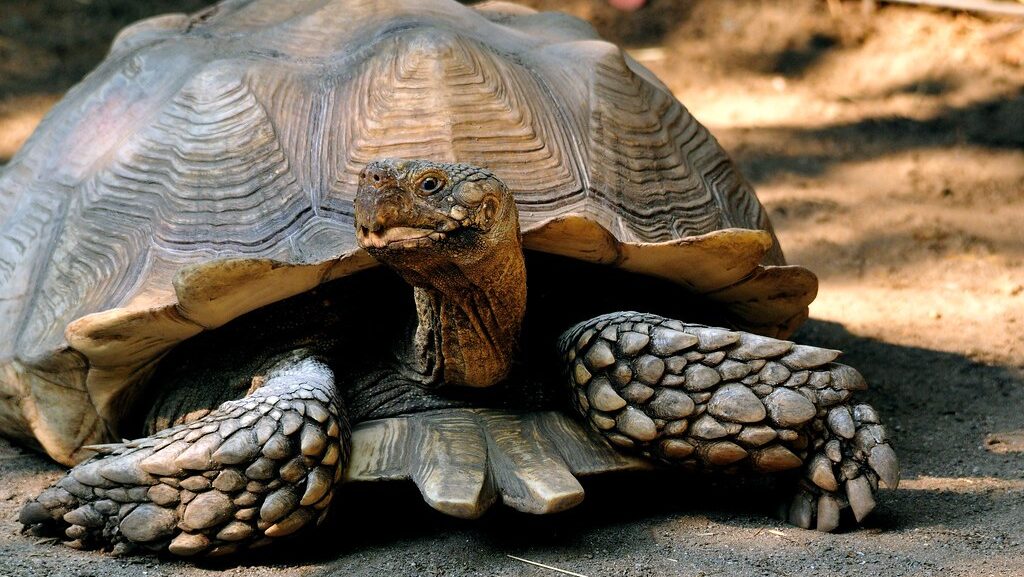

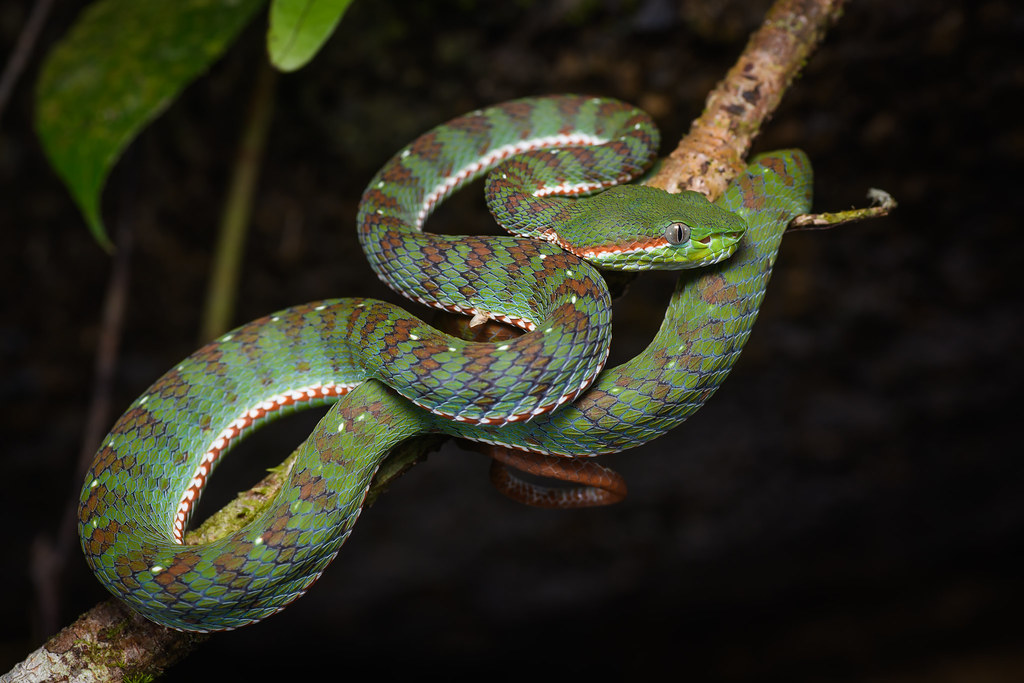



Leave a Reply